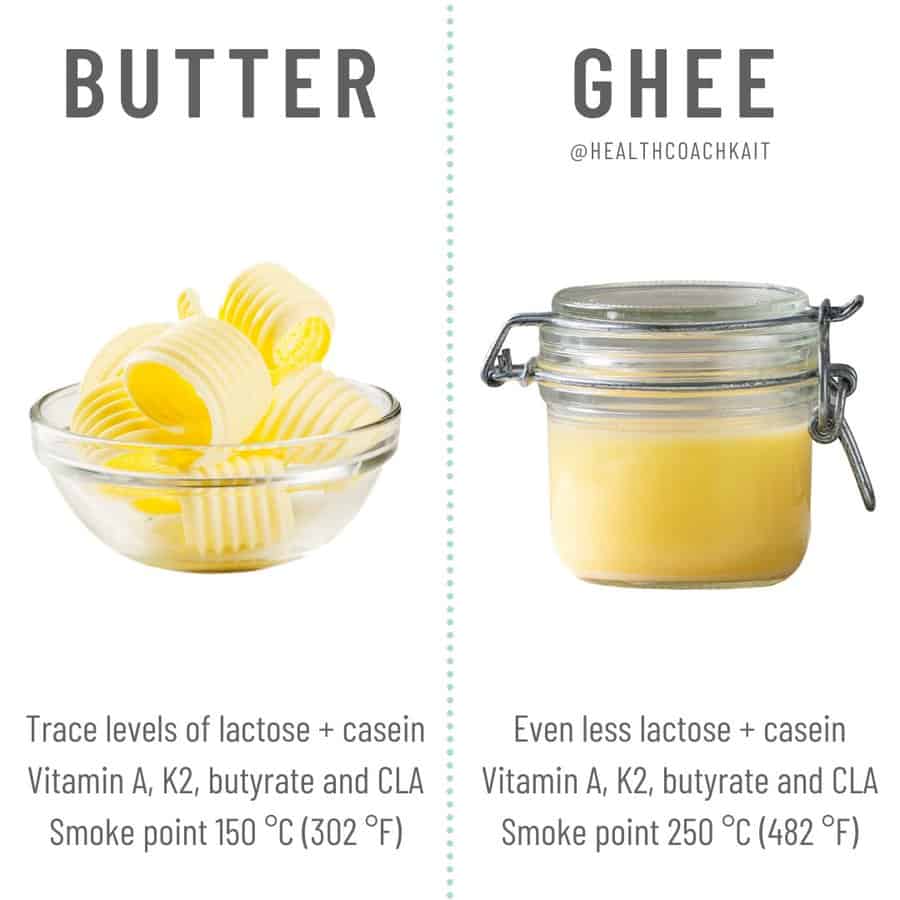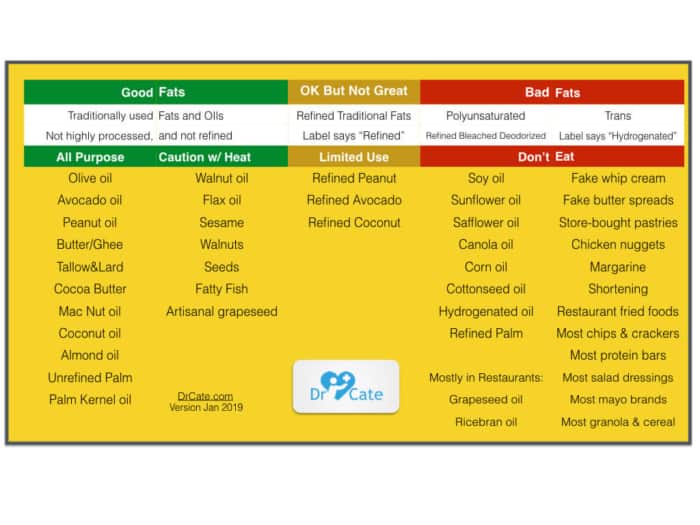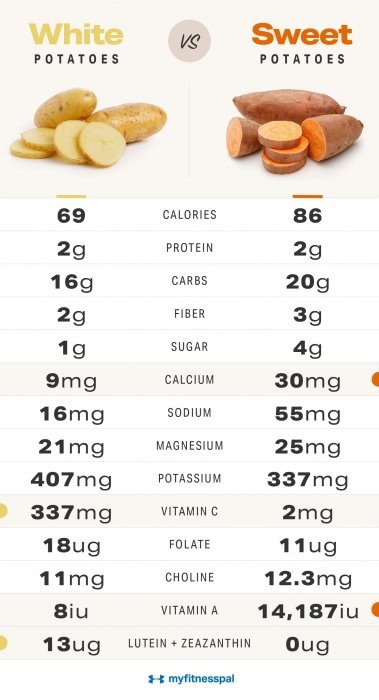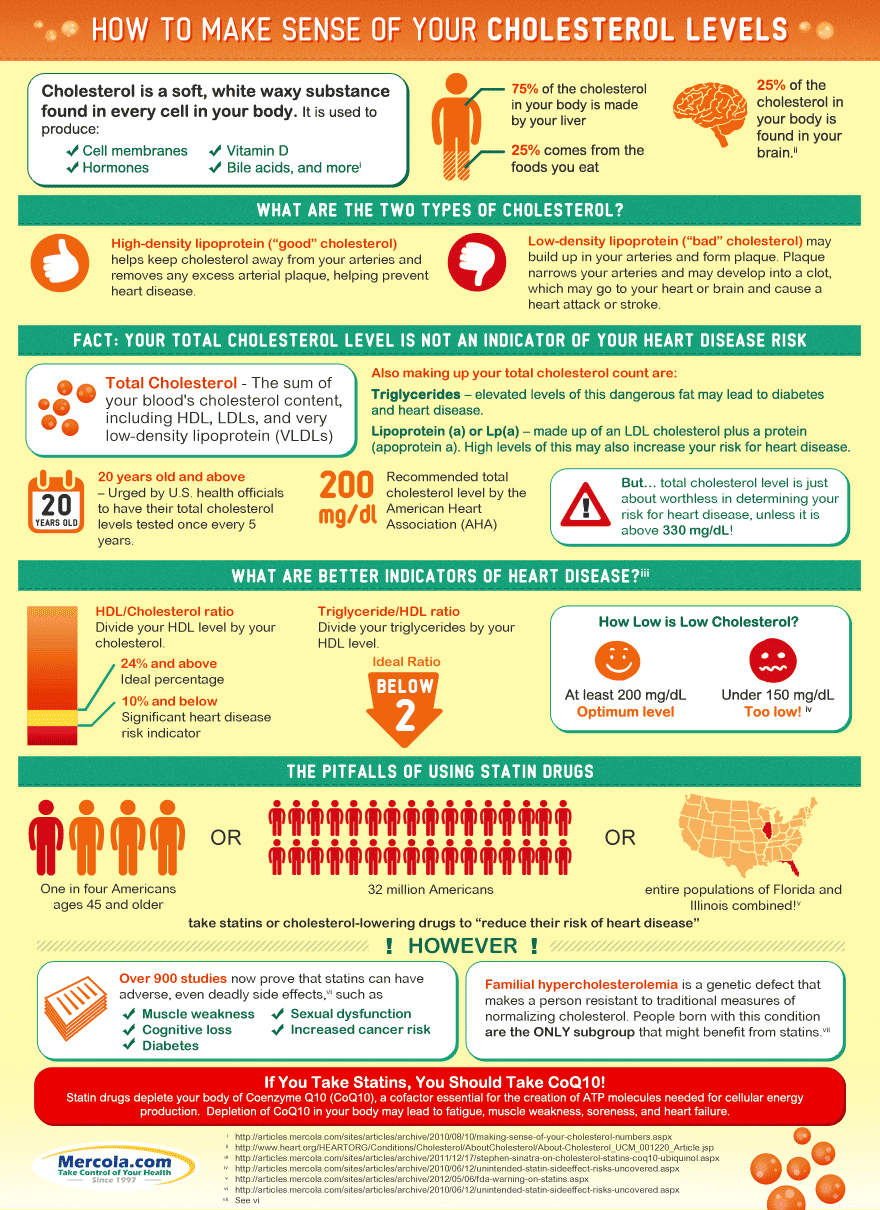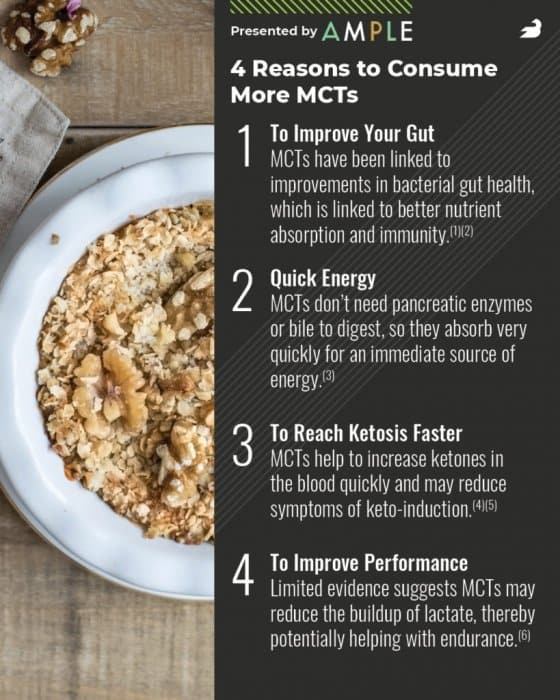The Many Benefits of Intermittent Fasting
Intermittent fasting is a type of scheduled eating plan where you adjust your normal daily eating period to an hours-long window of time without cutting calories.
Throughout history, fasting is a commonplace practice and has been a spiritual tradition for millennia. Today, modern science has proven that fasting yields the following benefits:
- Helps promote insulin sensitivity – Optimal insulin sensitivity is crucial for your health, as insulin resistance or poor insulin sensitivity contributes to nearly all chronic diseases
- Normalizes ghrelin levels, also known as your “hunger hormone”
- Increases the rate of HGH production, which has an important role in health, fitness, and slowing the aging process
- Lowers triglyceride levels
- Helps suppress inflammation and fight free radical damage
- In addition, exercising in a fasted state can help counteract muscle aging and wasting, and boost fat-burning.
Adding Exercise to Intermittent Fasting Can Provide Even More Benefits Science has proven time and again that high-intensity training is far superior to hour-long aerobic exercises. It burns more calories in less time and increases the production rate of human growth hormone (HGH).
I’ve been doing high-intensity training for three years and it has done great wonders to improve my overall fitness level. At present, there are a growing number of studies showing that high-intensity exercise combined with intermittent fasting is an ideal strategy to increase your fitness level.
Fasting the Way That’s Right for You There are many considerations to take note when fasting intermittently:
Intermittent fasting is not a form of extreme calorie restriction. It’s a practice that should make you feel good. If your fasting strategy is making your feel weak, you need to reevaluate it. Typical fast time ranges from 14 to 18 hours, and the longest you’ll ever abstain from food is 36 hours. You may also opt to delay eating, which is what I’ve been personally doing. I advise that you skip breakfast and eat your lunch and dinner within a six to eight-hour time frame, and stop eating three hours before you go to bed.
Fasting will help your body adjust from burning carbs to burning fat. Eating on a six- to eight-hour window can take a few weeks and should be done gradually. Once your body has successfully shifted into fat burning mode, it will be easier for you to fast for as much as 18 hours and still feel satiated. Your craving for sugar will slowly dissipate and managing your weight will be easier.
It is not advisable to practice intermittent fasting if your daily diet is filled with processed foods. Addressing the quality of your diet is crucial before you venture into fasting. It’s critical to avoid the wrong calories, including refined carbohydrates, sugar/fructose, and grains.
Within the six to eight hours that you do eat, you need to eliminate refined carbohydrates like pizza, bread, and potatoes. Fill your diet with vegetable carbohydrates, healthy protein, and healthy fats such as butter, eggs, avocado, coconut oil, olive oil, and raw nuts.
On the days that you work out while fasting, it’s best to consume a recovery meal—ideally consisting of fast-assimilating whey protein—30 minutes after your workout. Finding out what schedule works for you may take some trials and errors.
Intermittent fasting is not something you should carelessly undertake. ALWAYS pay close attention to your body and your energy levels. Individuals who are hypoglycemic, diabetic, or pregnant (and/or breastfeeding) should avoid any type of calorie restriction until your blood sugar or insulin levels are regulated.
↓ Helpful Nutrition Charts ↓


